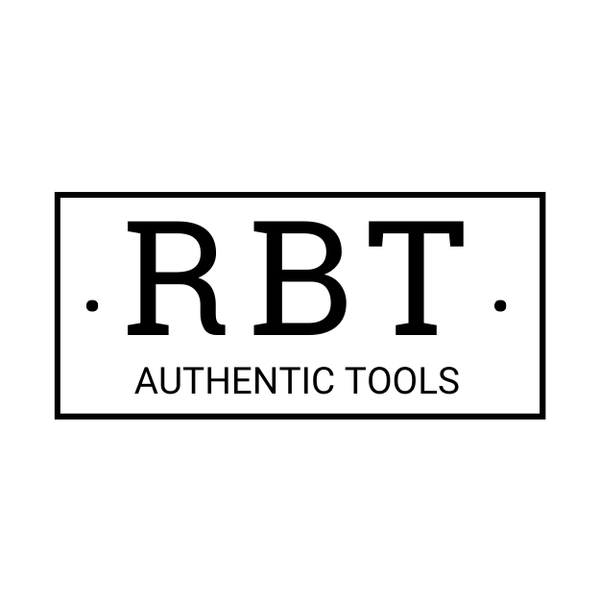Kumiko Muster – Die verschiedenen Designs der japanischen Holztechnik

Es gibt Hunderte, vielleicht Tausende von verschiedenen Kumiko-Mustern, die nicht nur von japanischen HolzwerkerInnen verwendet werden.
In diesem Artikel möchte ich einige von ihnen vorstellen und erläutern.
Hinweis: Ich werde Bilder von jedem Muster hinzufügen, sobald ich sie gebaut habe, und in Zukunft auch weitere Muster.
Die Basis der Muster ist das Raster (kaku). Das Raster kann aus Quadraten, Dreiecken (Misukude) oder Rauten bestehen.
Das Mitsukude- und das Rautenraster sind etwas schwieriger herzustellen. Das quadratische Raster ist ideal für Anfänger.
Quadratische Muster
So machst du das quadratische Raster
Asa-no-ha (genauer gesagt kakuasa-no-ha)

Asa-no-ha bedeutet Hanfblatt auf Japanisch und soll dessen Form imitieren. Kakuasa-no-ha bedeutet einfach quadratisches Hanfblatt. In Japan wird das Muster häufig auf dem Stoff von Babykleidung verwendet und steht sowohl für Stärke als auch für Schönheit. Es ist eines der am häufigsten verwendeten Muster, obwohl es gar nicht so einfach zu machen ist. 3 verschiedene Füllstücke müssen perfekt passen und insgesamt werden 7 Füllstücke pro Quadrat benötigt. Die Winkel sind 45°, 22,5° und 67,5°.
Izutsu-Tsugi Muster
Dieses Muster sieht ziemlich einfach aus. Es ist ein kleines Quadrat, das von 4 Diagonalen an den Ecken gehalten wird. Um dieses Muster anzufertigen, reicht eine 45-Grad-Schablone. Es ist auch ziemlich schnell zu machen.
Dreieckiges Raster -Mitsukude-
Asa-no-ha

Das Asa-No-Ha in einem dreieckigen Raster ist ziemlich einfach herzustellen und eines der einfachsten Muster, was die Füllstücke angeht. Sie benötigen nur eine Einstellung für die 30°-Vorrichtung und eine weitere für die 60°-Vorrichtung. Ein Dreieck wird mit 3 Teilen gefüllt. Sobald das Raster fertig ist, ist dieses Kumiko-Muster ziemlich schnell fertig. Die Japaner glauben, dass die Anhäufung von Dreiecken vor dem Bösen schützt.
Kuruma kikko
Kuruma bedeutet auf japanisch Auto oder in diesem Fall Rad. Kikko bedeutet einfach, dass es sechseckig ist.
Das Muster besteht aus immer aus gleichen Bauteil. Es hat 60°-Fasen an den Enden und zwei 60-°-Überblattungen an den gegenüberliegenden Seiten.
Sakura
Die Kirschblüte (Sakura) ist eines der wichtigsten Symbole in der japanischen Kultur und bekannt als die Nationalblume Japans. Kein Wunder also, dass es ein Kumiko-Muster für Sakura gibt.
Sakura symbolisiert sowohl Schönheit als auch Sterblichkeit und soll die diesjährige Ernte vorhersagen. Es ist auch der Startschuss für die Reispflanzsaison.
Das Muster besteht nur aus 2 verschiedenen Teilen, benötigt aber 6 Teile pro Dreieck. Die Schrägen an den dickeren Stücken sind 60 Grad und an den dünneren Stücken auch, aber es sind zwei an jedem Ende.
Das dünnere Stück kann entweder mit einer normalen Nut in dem dickeren Stück oder mit einem Nut verbunden werden.
Goma gara
Das goma (Sesam) gara (Muster) stellt die Sesamblüte dar. Sesam spielt in der japanischen Küche eine große Rolle und Japan ist einer der größten Sesamproduzenten.
Das Muster besteht aus demselben Stück (60° an den Enden und zwei 60°-Überblattungen) wie das Kuruma Kikko, aber mit unterschiedlichen Abständen für die Überblattungen.

Kasane-Rindo (Enzian-Sequenz)
Rindo ist der Enzian und dieses Muster leitet sich von einer Reihe von Enzianblüten ab.
Enzian steht für Aufrichtigkeit, Gerechtigkeit und Toleranz. Die Wurzeln der Blüten werden als Medizin verwendet.
Auch das Rindo-Muster wird immer wieder aus demselben Stück hergestellt. Es hat eine 90°-Überblattung, eine 15°-Fase an einem Ende und eine 75°-Fase am anderen Ende (das näher an der Überblattung liegt).
Hol’ dir jetzt dein Kumiko Starter Set
Im Shop findest du Kumiko Starter Kits mit denen du direkt loslegen kannst.

